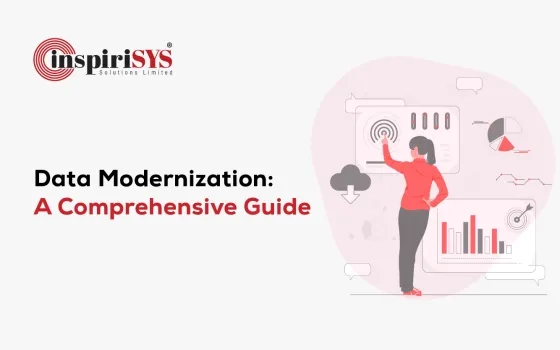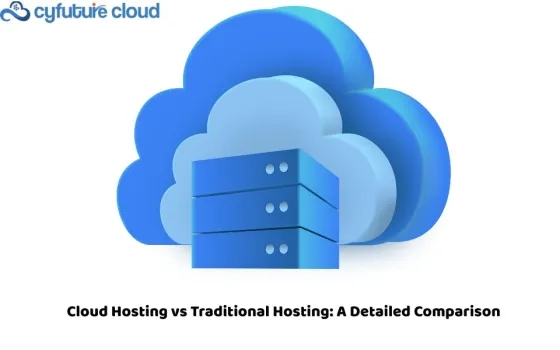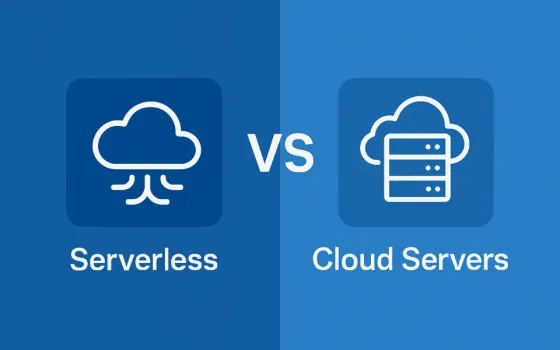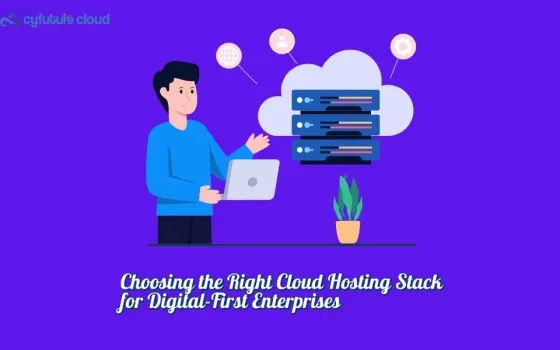Organizations seeking to enhance the value of their collected data view Data Modernization as a vital step. By harnessing advanced analytics, artificial intelligence, and machine learning, they gain valuable insights, optimize operations, increase customer satisfaction, and detect anomalies. In today's rapidly evolving technological landscape, seamless access to data is crucial for remaining competitive. However, managing data stored in various sources can be challenging, and this is where Data Modernization steps in.
Before we delve deeper into Data Modernization, let’s have look at this interesting stat on Data Migration
Here is an interesting stat on data migration.
According to the survey conducted by IDC, it is estimated that the amount of digital data generated in 2018 was 33 ZB and is expected to rise by 175 ZB by 2025.
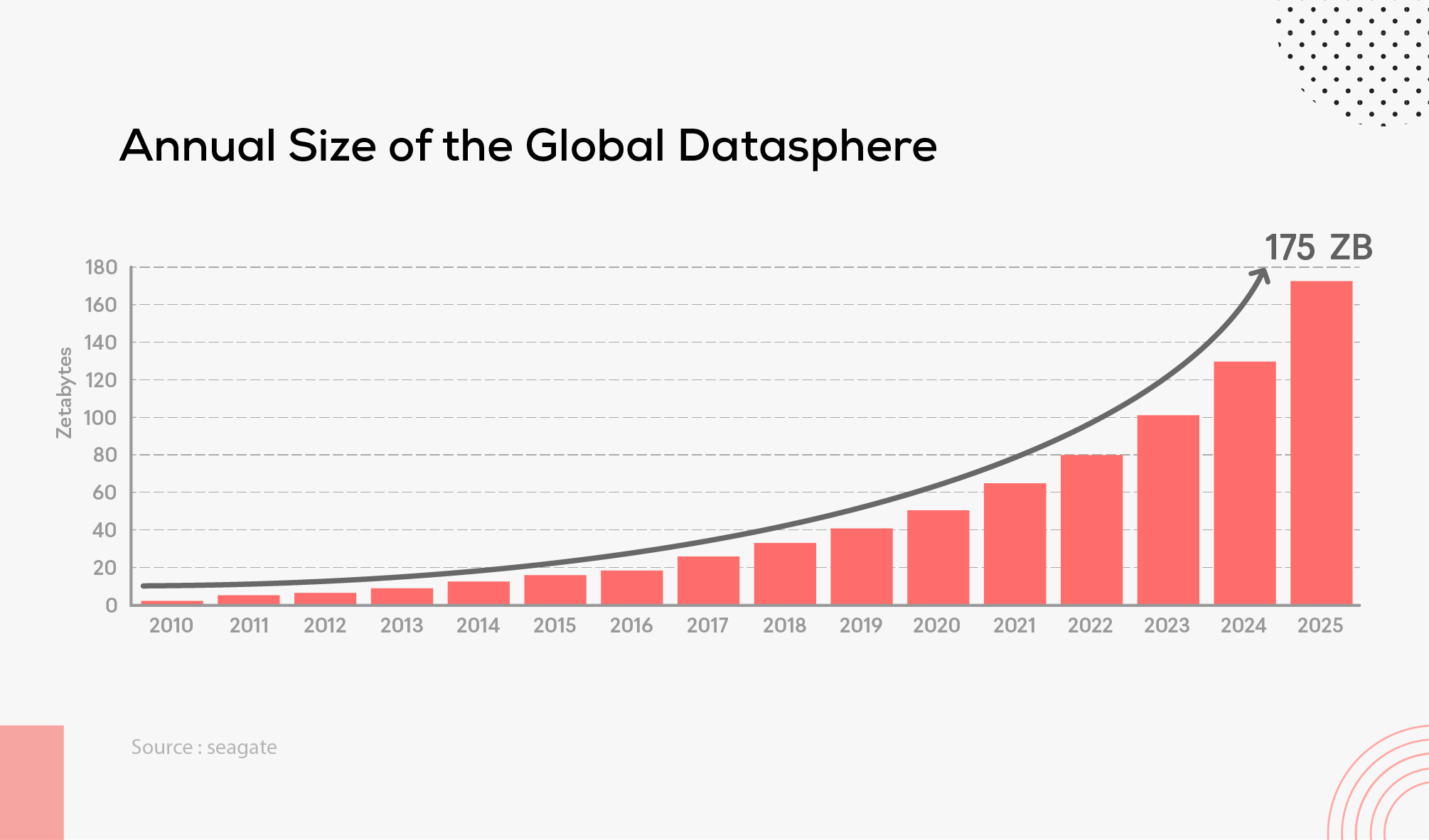
The data migration market trend in 2021 was valued at USD 8.20 billion and is expected to reach USD 33.58 billion by 2030.
What is Data Modernization?
Data modernization is a process in which traditional, legacy data systems are transferred into scalable and more efficient ones. To keep up with the constantly changing data landscape and to help organizations get more value out of their data, this process assists in updating data systems and processes. Additionally, consumers can explore the data using features like mobile access, interactive visualization tools, and machine learning.
Further, data modernization covers various activities like:
- Data migration
- Data integration
- Data transformation
- Data cleansing
With the rapid growth in technologies like machine learning and artificial intelligence, data modernization has gained popularity for effective business outcomes.
Exploring the Benefits of Data Modernization
Data modernization offers numerous benefits thereby increasing business revenues. Here is the list of advantages of data modernization:
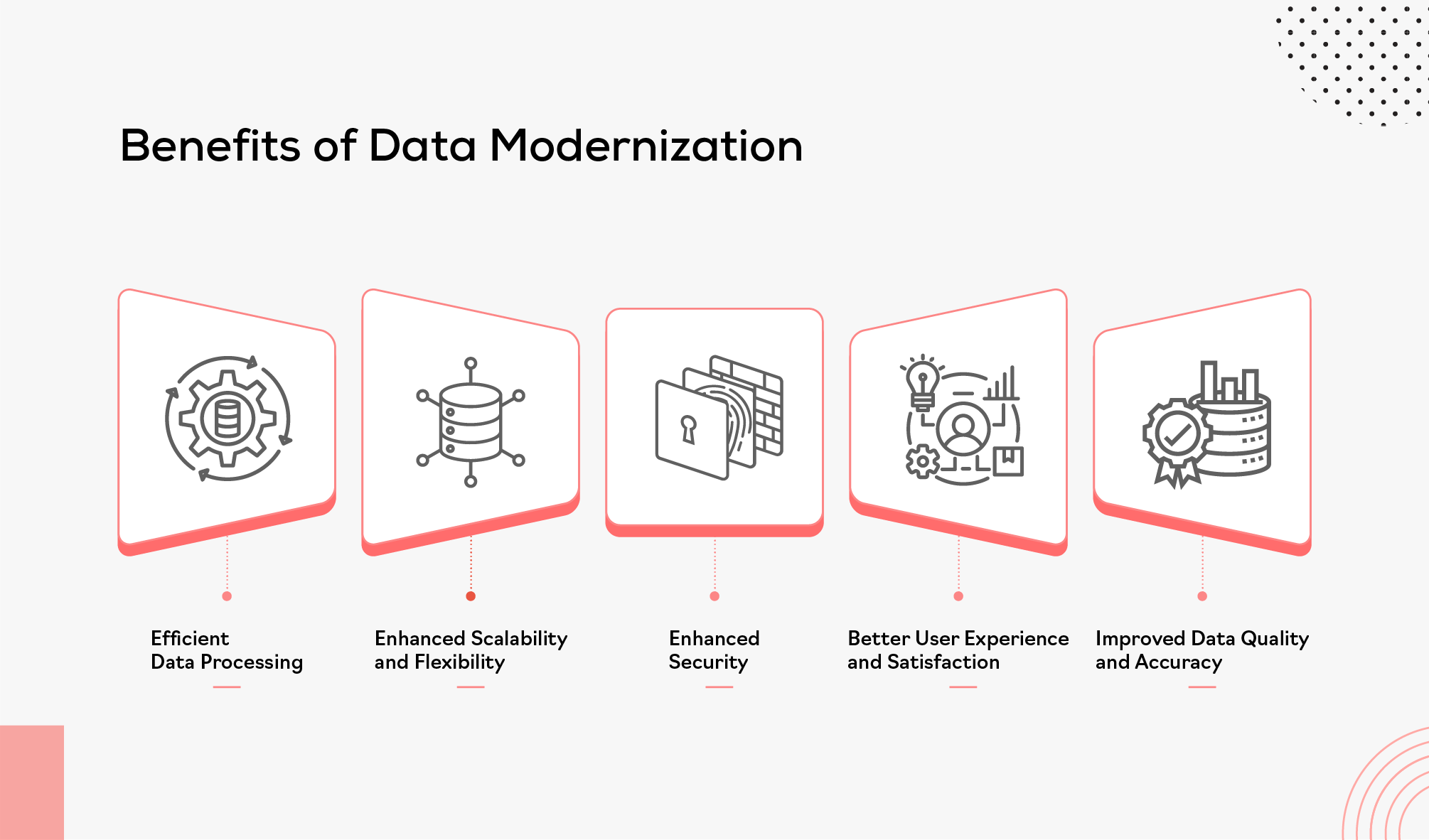
1. Efficient Data Processing
To make the most of data, businesses must gather and connect it effectively. Data modernization minimizes the time needed to locate and analyze extensive data. Additionally, it enhances data quality and precision. Through the adoption of data modernization, organizations can guarantee data completeness, uniformity, and up-to-date status .
2. Enhanced Scalability and Flexibility
The benefits of modernization and handling the data are given to the cloud. By doing so, storage and computing resources can be utilised when necessary, thereby increasing flexibility. This means that data can be accessed from any device. Further, migrating to the cloud has added benefits like access control, data protection and documentation.
3. Enhanced Security
Organizations can gain data security and compliance by data modernization. They can protect themselves from threats like access control and multi-factor authentication by migrating to the cloud.
4. Better User Experience and Satisfaction
Data modernization is an effective way to enhance customer experience. The organization provides tailored products and services that fulfil customers’ requirements.
5. Improved Data Quality and Accuracy
Organizations benefit from data modernization by rectifying errors, improving the accuracy of the data and eliminating repetitive data. When we have good-quality data, it helps businesses keep their data organized and find important information.
5 Key Aspects to Adopt an Effective Data Modernization Strategy
In today’s data-driven world, modernizing the data is a crucial step. Following an effective strategy is necessary to gain maximum benefits from data modernization. Here are some of the key strategies to keep in mind to ensure a successful transformation.
1. Define Clear Objectives
Understanding the business problems and outcomes is essential before defining data modernization objectives and goals. This clarity in objectives paves the way for the successful implementation of the strategy. g the objectives, the strategy can be implemented successfully.
2. Focus on Data Quality
The quality of the data should be considered when updating. To improve the data accuracy and reliability, the standardization process should be invested. Better decision-making can be incorporated with high-quality data.
This is a process where data is refined to improve quality. This involves removing duplicate entries, correcting errors, standardizing formats, and verifying data accuracy. With high-quality data businesses can maintain data consistency and extract valuable insights.
3. Adopt Agile Methodology
Agile methodology can be integrated into data modernization. The projects can be broken down into smaller pieces leading to manageable tasks. Further, it removes risks and increases the efficiency.
4. Monitor and Measure Success
To measure the data modernization success, metrics and key performance indicators (KPIs) can be established. The objectives can be attained through regular monitoring and the insights can be used to enhance the data modernization efforts.
5. Establish Data Governance
To ensure data security and quality, it is important to implement data governance practices. Through the modernization process, enterprises can improve data ownership, monitor usage, and establish access controls.
Top 4 Pillars of Data Modernization
Before heading towards the pillars of data modernization, take a glimpse at this interesting stat. According to the survey conducted by Statista:
- 34% of the IT groups have fully implemented data modernization technology
- 50% are yet to complete the full implementation of complete data modernization
- 90% of organizations are in the process of fully implementing data modernization.
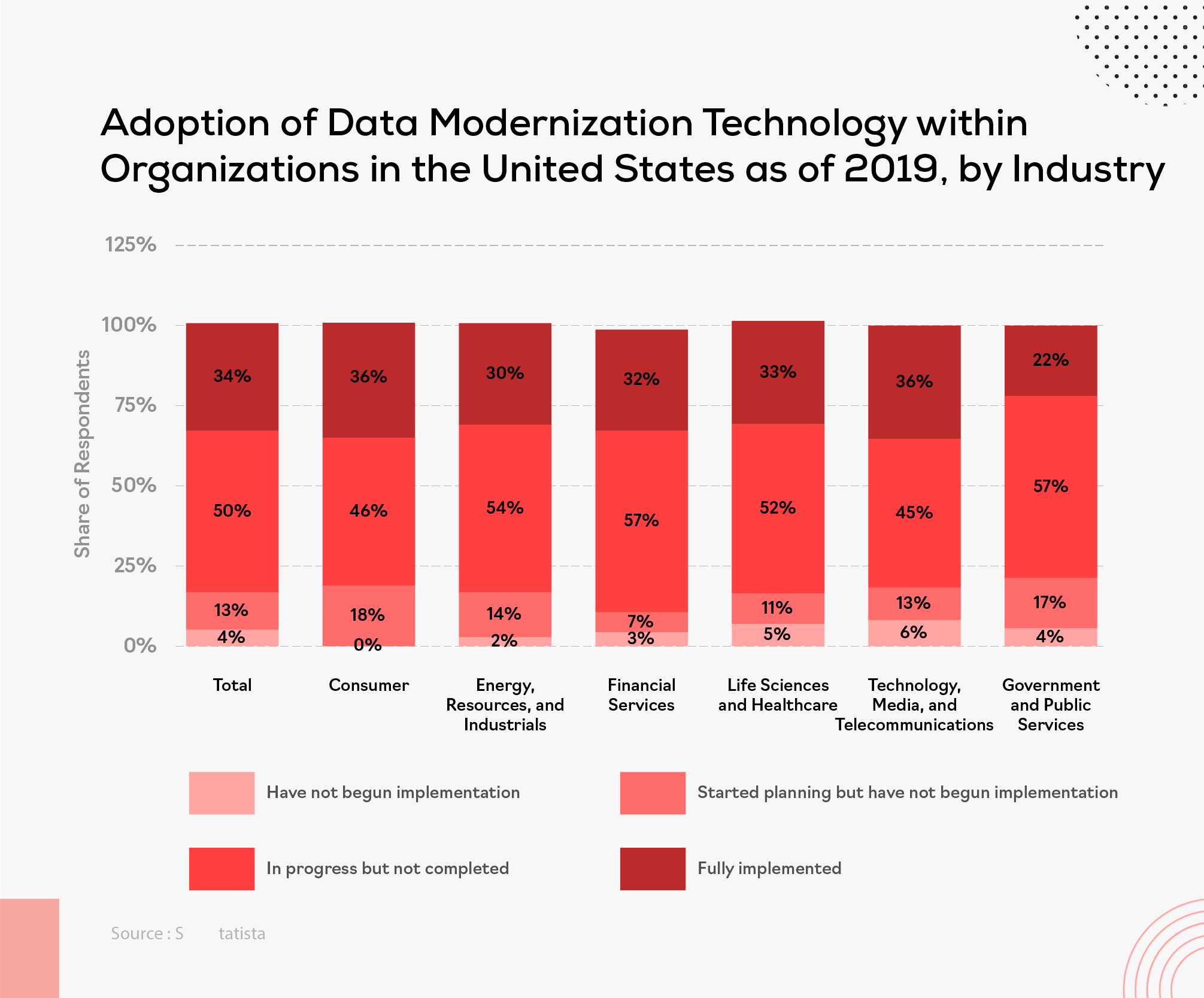
Let us now explore the top 4 pillars of Data Modernization:
1. Data Strategy
The data strategy is the fundamental key for any data initiative. To attain a clear business objective, a precise data strategy and identifying the data assets are a must. Further, making a roadmap for the implementation of data architecture, data governance policies, analytics and data science is the best possible way to attain data strategy.
To create a data strategy it is crucial to focus on collecting, utilizing, cleaning organizing and managing datasets in a well structured manner. This enables us to analyze the data and gain an understanding of it. Ultimately this improves our decision making abilities and operational efficiency. A robust data strategy should encompass a defined and measurable approach, for all data related initiatives.
2. Data Architecture
Agile data is necessary to access data sources more quickly and flexibly. It involves the execution of data architecture that boosts storage, collection of data and analysis. Additionally, this process includes creating a data pipeline, storage technologies and defining data structure . Further, data architecture includes:
- Less regulated
- Less latent paths to data
- Data warehouse
- Data lake
Organizations can reach the path of agile as it needs fewer quality checks.
3. Data Management
As the name suggests, data management covers the procedures of gathering and utilizing the data for security, cost-effectiveness and efficiency. The aim of data management is to boost the overall organization's benefit by optimising the application. To make it more productive, data must be made available at the right time to the right people.
A set of principles must be considered, which includes:
- Agility
- Management risks
- Stability
- Security
Analytics Tools
Upgrading to next-generation tools is crucial for unlocking advanced analytics capabilities such as embedded analytics and real-time analysis. When selecting the appropriate tool, it is important to assess your data architecture and conduct a comprehensive test. It is recommended to prioritize short-term migration goals and develop a roll-out and training plan to ensure successful adoption of the new analytics tool.
Exploring the Different Stages of Data Modernization
Updating the data infrastructure undergoes 5 different stages, each connecting the previous steps. Let’s uncover the stages that help businesses gain success.
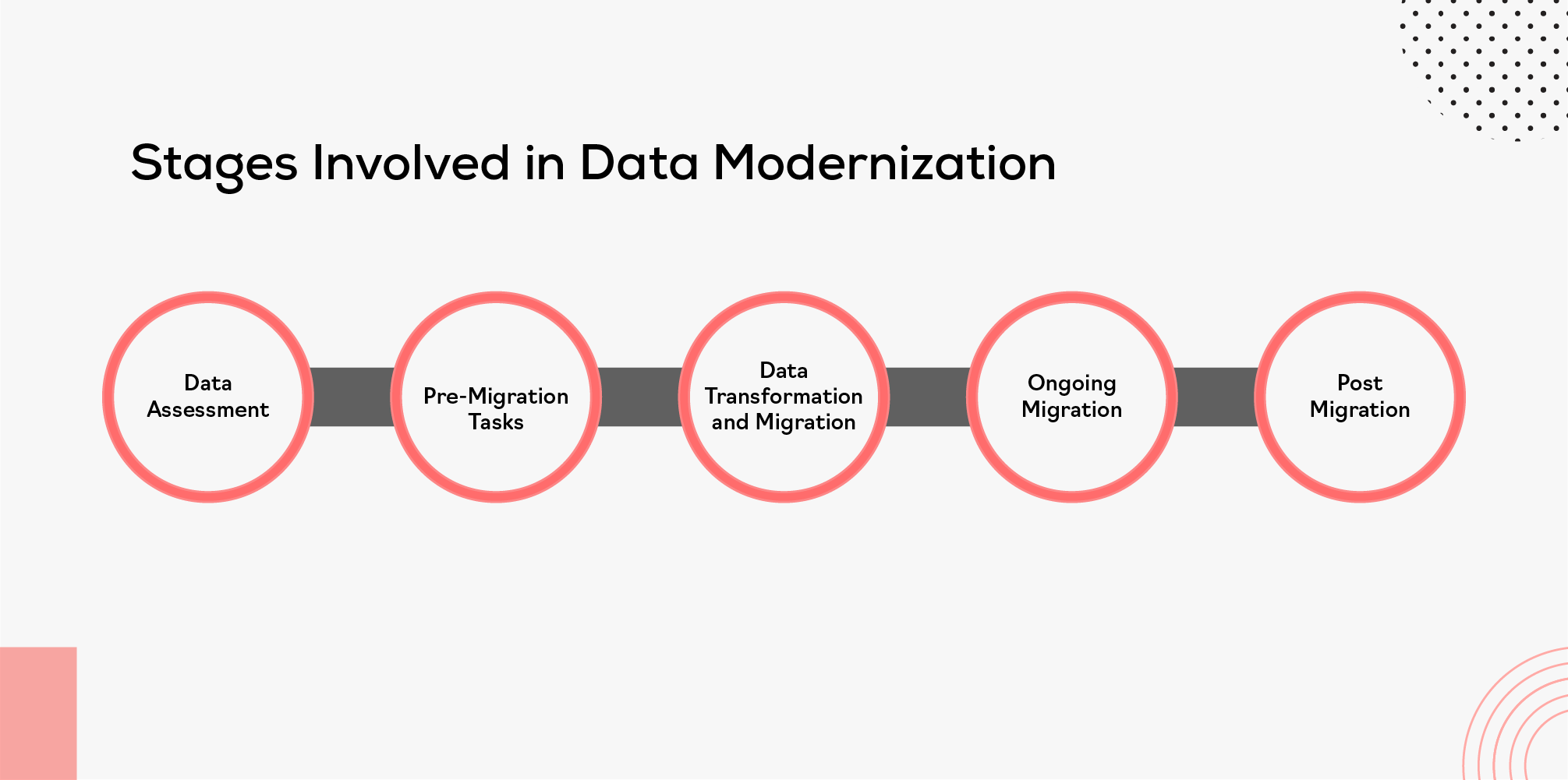
Data Assessment
The primary step of data modernization is to have a data backup to recover in an unforeseen situation. Following that, the next step is to recognise the surviving data and identify the bugs at the earliest.
Entity mapping allows you to map attributes from a source entity to corresponding attributes of a target entity. The process also helps to identify any unmapped attributes that could result in data loss.
Pre-Migration Tasks
This stage reviews data inconsistency and enables the process of migration. Data profiling enables you to generate data types, different types of data, and the values of distribution.
The incorrect format in the data can cause problems during data analysis. To fix such problems a set of rules can be applied. Based on the complexity of the error, the data cleansing process can be determined.
Data Transformation and Migration
To proceed with the process of analysis, duplicate records must be removed. Additionally, data enrichment can be performed to add, more information. Following that, data integration process can be performed to blend the data from various sources into a separate database.
This is a type of data cleaning that ensures the sources are free from corruption. Since the data has been transformed, it can now be moved from an old system to a newer database system. There are also, tools that can be used to manage data load during this process.
Ongoing Migration
One of the crucial steps in migration is to manage the resources. To maintain the data accuracy, data quality needs regular monitoring and errors must be fixed at an early stage. It's important to monitor the migration process to ensure all milestones are met.
Post-Migration
Once the migration process is done, it is important to take a look at the original data. Here, with the help of tools or by manual checks data reconciliation is performed.
A variety of tests including volume and system tests should be included in the procedure. Additionally, the errors should be rectified during the migration.
Summing Up
In the era of digital transformation, organizations need to modernize their data. Though the process might seem crucial, modernizing the data meets the necessary demands in the evolving tech world. Businesses gain valuable insights by implementing data management tools.
The overall advantages of data migration include increased efficiency, accuracy, customer satisfaction, and better decision-making abilities. By leveraging these advantages, businesses can maximize the value of their data and gain a competitive edge. In conclusion, data migration should be approached with a strategic mindset to achieve business success. Organizations can unlock their full potential by employing strategies and enhancing decision-making thereby leading to making smart decisions.



